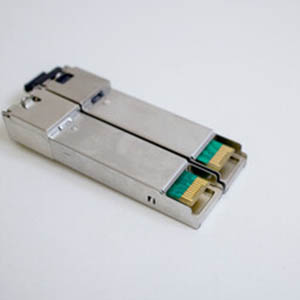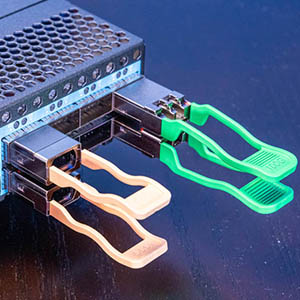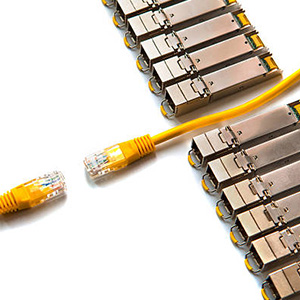In the realm of networking, SFP transceivers are the go-to choice for establishing connections between network devices and cables. As the spectrum of applications broadens, a multitude of 1G SFP transceivers has emerged, making the selection process for the ideal module a daunting task. If you find yourself on the cusp of upgrading your network switches and are at a loss on how to choose the perfect 1G SFP optical modules, this guide is designed to be your beacon of practical guidance. It aims to assist you in selecting an optical module that not only promises high compatibility but also delivers cost-effectiveness.
7 Key Factors for Selecting 1G SFP Transceivers
01.SFP Network Technology
The variety of 1G SFP transceivers on the market caters to diverse networking technologies. These modules are tailored to meet specific networking standards, falling into categories such as Ethernet SFP, FC SFP, SDH/SONET SFP, or PON SFP.
- Ethernet SFP modules are the workhorses of enterprise networks, facilitating high-speed data transfers among switches, routers, and other network equipment.
- FC SFPs are the architects of fiber channel storage in data centers, predominantly utilized in enterprise Storage Area Networks (SANs).
- SONET/SDH SFPs are the champions of telecom systems, renowned for their high-speed, long-distance data capabilities. Their adaptability to various transmission rates and distances makes them a versatile choice for diverse network topologies.
- PON SFPs are the dedicated connectors for fiber-based access networks, providing superior video, voice, and data services to both residential and commercial settings

02.Transmission Medium
1G SFP modules come in varieties that support both single-mode and multimode fiber, as well as twisted-pair copper cables such as Cat5e, Cat6, and Cat6a. When proximity is on your side (for example, less than 100 meters), copper SFP modules are a wise choice. However, for significant distances or to mitigate cross-talk, fiber SFPs are the superior option. Notably, the 1G SFP EXZ module can support transmissions up to 160km via single-mode fiber.
03.Wavelength
In the fiber optic domain, the correct wavelength is non-negotiable; mismatches can lead to transmission failure. For 1G dual fiber SFPs, wavelengths of 850nm, 1310nm, and 1550nm are standard, while 1G BIDI modules offer a range of wavelengths for bidirectional communication. It’s crucial to ensure that dual fiber SFP modules operate on the same wavelengths at both ends, whereas BiDi SFPs utilize opposing wavelengths.
04.Working Temperature
The operational temperature range is pivotal, particularly in environments with extreme temperature fluctuations. Industrial-grade 1G SFP modules are built to endure a broader temperature spectrum, typically from -40°C to 85°C, contrasting with commercial-grade modules suited for the standard range of 0°C to 70°C. Assess the deployment environment’s temperature conditions and select the appropriate temperature range.
05.Compatibility
Compatibility is king when it comes to avoiding connectivity issues and ensuring network performance. SFP compatibility hinges on its compatibility with specific brands and models of equipment. Verify device compatibility through the SFP compatibility matrix on the equipment brand’s official website or seek vendor assistance.
06.DOM Support
Investing in high-quality SFP modules with features like Digital Optical Monitoring (DOM) is vital for a reliable and efficient network. DOM provides real-time monitoring of critical optical parameters, facilitating proactive network management and troubleshooting.
07.Price & Budget
When considering 1G SFP transceiver prices, balance cost with quality. Extremely low-priced modules may signal quality or compatibility concerns, while very high-priced modules do not always equate to added value. Explore cost-effective alternatives, such as high-speed cables for short, end-to-end connections within the same rack.
Conclusion
This guide equips you with actionable insights on selecting the right SFP modules based on network technology, medium support, wavelength, working temperature, compatibility, and DOM support. Should you encounter any challenges in procuring 1G SFP transceivers, our sales experts are just a chat or an email away at sales@Fiber-Life.com.










